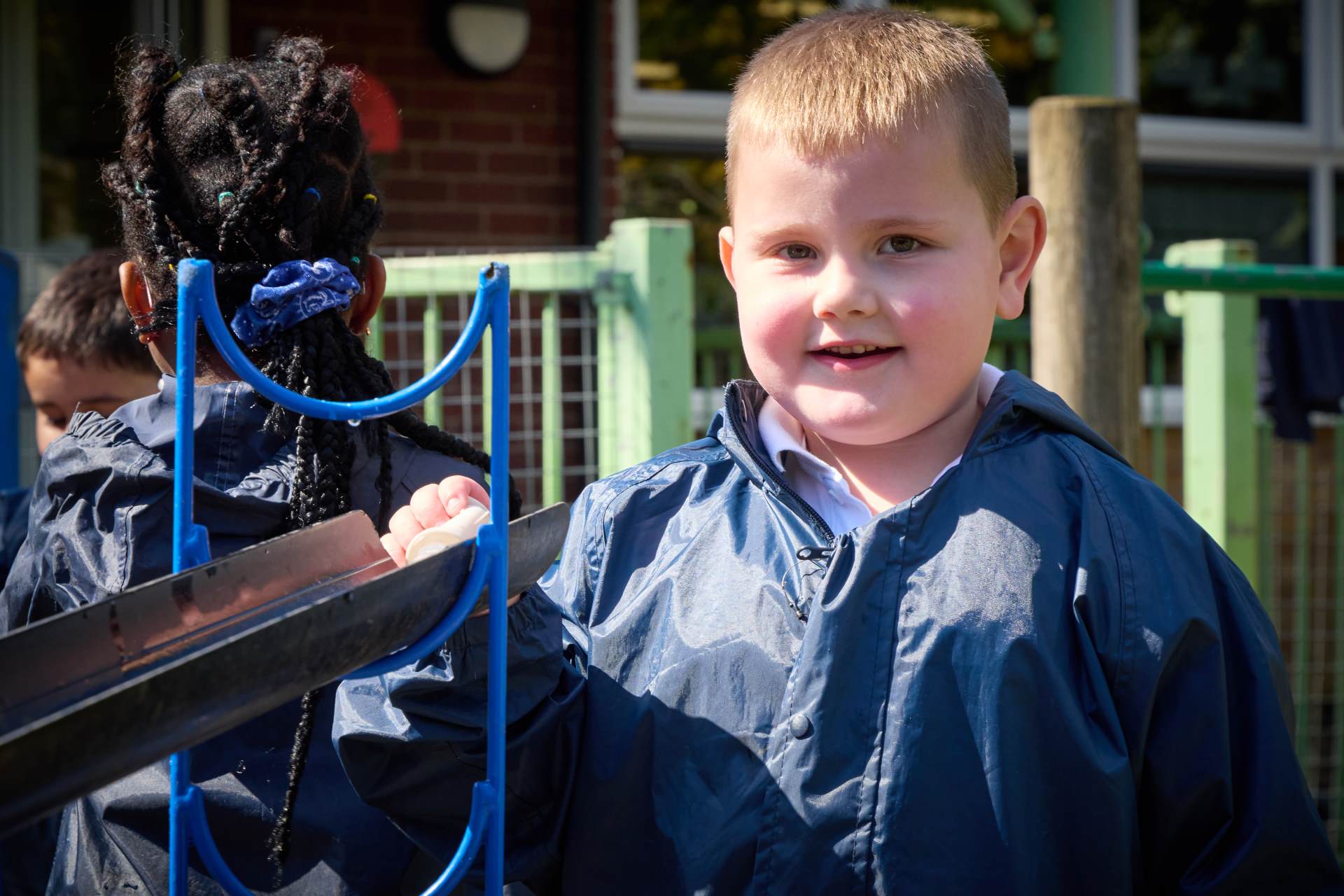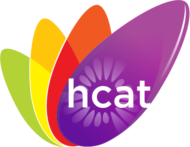Design & Technology

Intent
At Collingwood Primary School our Design and Technology curriculum is rigourous and well balanced, ensuring pupils develop both knowledge and understanding of the design process and the skills to produce a range of products, using a variety of tools and mediums. Pupils will learn to recognise and value the role of Design and Technology within our modern society and will reflect upon the changes in design processes and technologies, from the past to the future.
It is our intention that Design and Technology lessons are engaging, practical and purposeful and should support and develop pupils individual imagination and creativity. By experiencing the full process of developing a product from concept to manufacture and working through the challenges that this may bring, pupils will develop critical life skills such as problem solving, resilience and perseverance.
Implementation
The Design and Technology curriculum at Collingwood Primary School ensures that all pupils are taught the three key core elements of food, textiles and construction every year, enabling them to continuously revisit, refine, develop and acquire key knowldge and skills in all areas, as they progress through the school. Units may be taught discreetly, but are usually cross curricular, drawing upon other subjects such as maths, science, computing and art, and are linked closely to class topics. Projects will be well planned and resourced, enabling pupils to gain hands on, practical experiences of Design and Technology. Key technical vocabulary is revisited and extended within each unit and pupils are taught to recognise and manage any health and safety considerations their projects may involve. Units will be taught as a block of lessons, allowing children the time and opportunity to become fully immersed and engaged with their projects.
Our teaching of Design and Technology follows the three step process of design, make and evaluate:
Design: Each unit begins with a design brief, giving both a clear purpose to their work and a focused and achievable end goal. Before completing a design, pupils will research previous and current market products and will consider and plan how their product will best meet the criteria set out in the design brief.
Make: At the making stage, pupils will use a wide range of ingredients, materials and tools and will be taught a progressive range of skills such as cutting, joining, shaping and finishing. Pupils will work both individually and collectively and will be supported to create high quality, fit for purpose products.
Evaluate: Evaluation is a critical element of design and pupils are taught the importance of evaluation at every stage of the development process. By evaluating as they go, pupils learn to problem solve, refine, redesign, improve and adapt their designs if needed. When evaluating their final product, pupils will consider both the functionality and asthetics of their product and will reflect on how well it meets the design brief. Pupils will use both self and peer evaluation, ensuring that they give due consideration to the opinions and views of others.
Impact
Pupils at Collingwood will develop as confident, creative and skilled designers. They will be able to talk clearly about the products they make and the processes used to create them. They will leave with a range of technical skills, the ability to use a vaiety of tools, a secure understanding of the need for safe and hygenic working practices and an embedded understanding of the full design and manufacture process. They will be able to work independently and collaboratively, crictically evaluating and adapting their product to ensure it is the best it can be. Pupils will recognise the important role design and technolgy plays in our modern world and will recognise how it has, and will, shape our past and our future.
Foundation Stage
In Foundation Stage the children enjoy using the resources in the craft and construction area to create their own models. They show great imagination and explore different ways to join the materials they are using. They also enjoy using the loose parts in our outdoor area to create large scale models.
Year 1
In Design and Technology this year, Year 1 will be completing the following tasks:
Food: Making salad wraps. Pupils will source ingredients from the local area and will choose their preferred ingredients from a given selection in order to construct their own salad wraps. Children will develop their peeling and chopping skills.
Construction: Children will be making a carriage for the queen. They will design their carriage and select the resources they need to make it. They will explore ways of joining card and paper and will measure and saw a piece of dowel for their axles.
Textiles: As part of their 'Seaside' topic, children will make their own fabric fish. They will follow their own design and will use a simple running stitch to join two pieces of pre-cut fabric together. They will complete their product by gluing and sticking on extra decorations such as sequins.
Year 2
In Design and Technology this year, Year 2 will be completing the following tasks:
Food: As part of their 'Great Fire of London' topic, children will be designing and making their own bread product. Pupils will taste and evaluate a range of products and will then choose whether to make a sweet or savoury bread. They will make their own dough and will flavour this with an ingredient of their choice. They will develop their skills in chopping, peeling and grating.
Construction: Within their explorers topic pupils will design and construct their own 'Explorer Vehicle'. Pupils will consider the esign features of an exploration vehicle and will measure and saw the dowel to make their axles. They will investigate ways of strengthening their models.
Textlies: Pupils will design and make their own African animal puppet. They complete two designs, evaluate these and then choose the design which is most achievable. They will continue to develop their sewing skills and will use a running stitch to join two pieces of pre-cut fabric. Children will cut and stick on their own extra add ons such as eyes.
Year 3
In Design and Technology this year, Year 3 will be completing the following tasks:
Food: Pupils will follow a simple recipe and create their own sweet. They will personalise their recipes by selecting ingredients from a given rage of choices. They will continue to develop key skills such as cutting, chopping and slicing.
Construction: Children will follow a design brief to construct their own Roman Chariots. After learning more about Roman Chariots they will create their own design and will follow this when constructing their carriages. They will accurately measure and then cut, using saws and cutting boards, the wood for their chariot frames and axles. They will join and then strengthen their wooden pieces.
Textlies: Children will create their own woolly mammoths. With some support, they will cut out two material pieces for their product. They will use a running stitch to join their pieces and will begin to use other simple stitches such as a cross stitch to add details (such as eyes) to their mammoths.
Year 4
In Design and Technology this year, Year4 will be completing the following tasks:
Food: Pupils will be creating their own greek salads. They will select ingredients from a given range of options and create a personalised recipe. One ingredient in their salad will be cooked. They will select the equipment they need to prepare their ingredients and will continue to develop skills such as cutting, peeling, slicing, grating, kneading and baking.
Construction: Pupils will follow a given design brief and plan and construct a hot air balloon. They will measure, mark, saw, join and strengthen wood to create a 3D frame for their baskets.They will evaluate their product throughout the construction process and will consider ways in which it can be improved.
Textlies: Pupils will use a range of stitches (including running, cross, blanket and back stitch) to produce a personalised pencil case.
Year 5
In Design and Technology this year, Year 5 will be completing the following tasks:
Food: Pupils will learn more about local food products such as fischcakes and patties and will then follow a given recipe to produce their own 'Hull' food product. They will prepare (using previously taught skills such as peeling, chopping, grating, slicing and dicing), combine and cook their ingredients.
Construction: Pupils will design and construct a motorised vehicle suitable for a desert journey. Pupils will work together to measure, mark, saw and join wooden pieces to construct a 3D frame for their vehicles. They will evaluate their product throughout the process, adapting and making changes if required.
Textiles: Linked to their WW2 topic, pupils will design and make a teddy bear for an evacuated child. They will use a pattern to independently cut out 2 pieces and will sew these together inside out using a back stitch. They will sew additional features such as eyes and ears onto their products.
Year 6
In Design and Technology this year, Year 6 will be completing the following tasks:
Food: Pupils will adapt a given recipe and will follow this to produce their own personalised chinese noodle dish. Pupils will accurately weigh out and prepare their ingredients using a selection of increasingly refined skills such as thinly slicing and finely chopping. Their product will include at least one cooked element. Pupils will taste and evaluate their product throughout the process and will adapt their recipes accordingly.
Construction: Following a given design brief pupils will design and construct their own motorised delivery vehicle. Pupils will work in pairs to create a 3D wooden structure for their vehicle, which may include pieces cut at different angles. Their vehicles will be powered by a battery and will incorporate a home-made switch. Pupils will evaluate their product throughout the process.
Textlies: Pupils will produce their own Australian animal. Their product will be constructed from three pieces of material which will be cut out independently. These pieces will be joined together inside out, using a controlled back stitch. Additional features will be sewn onto their products.



